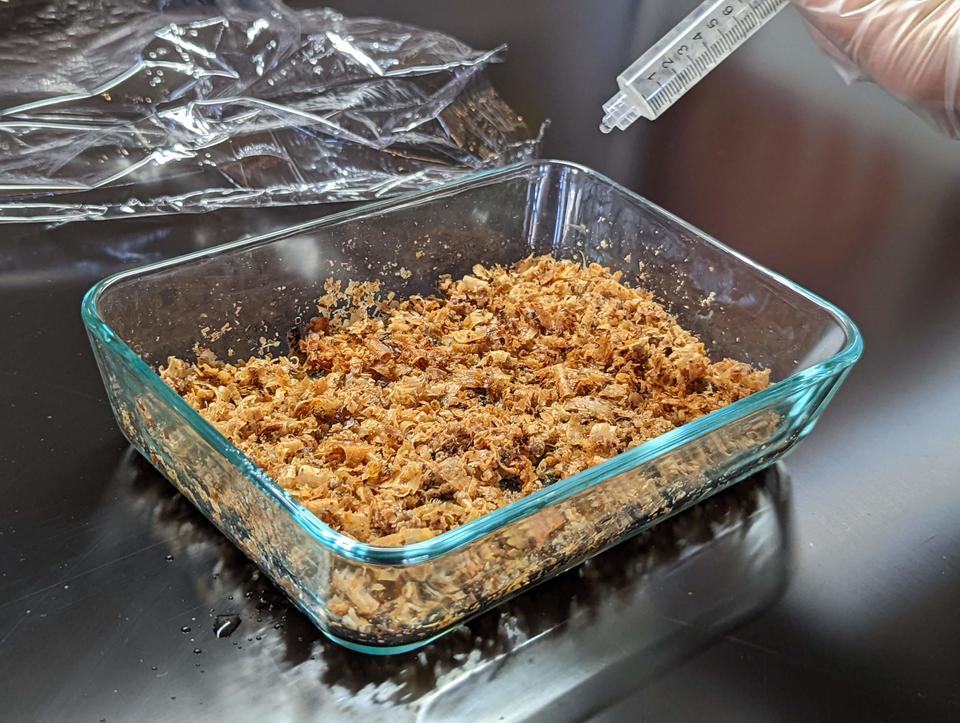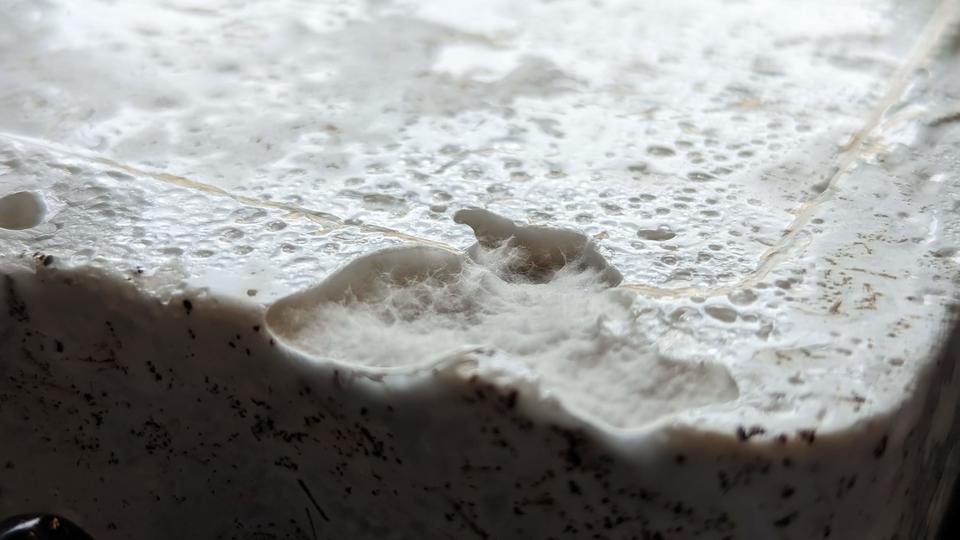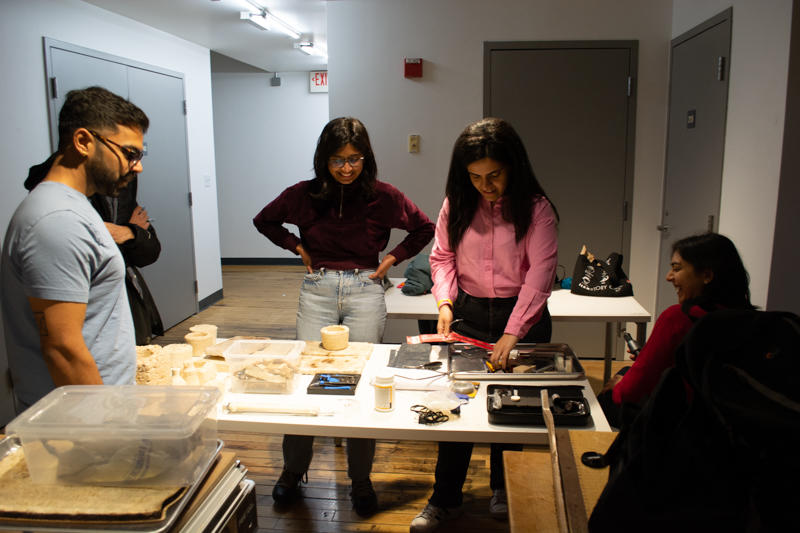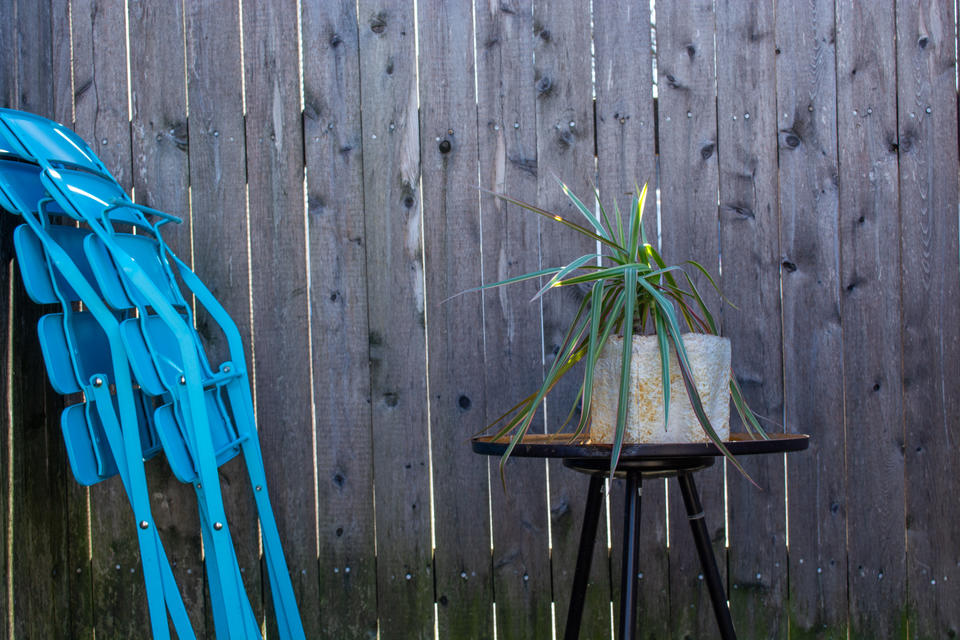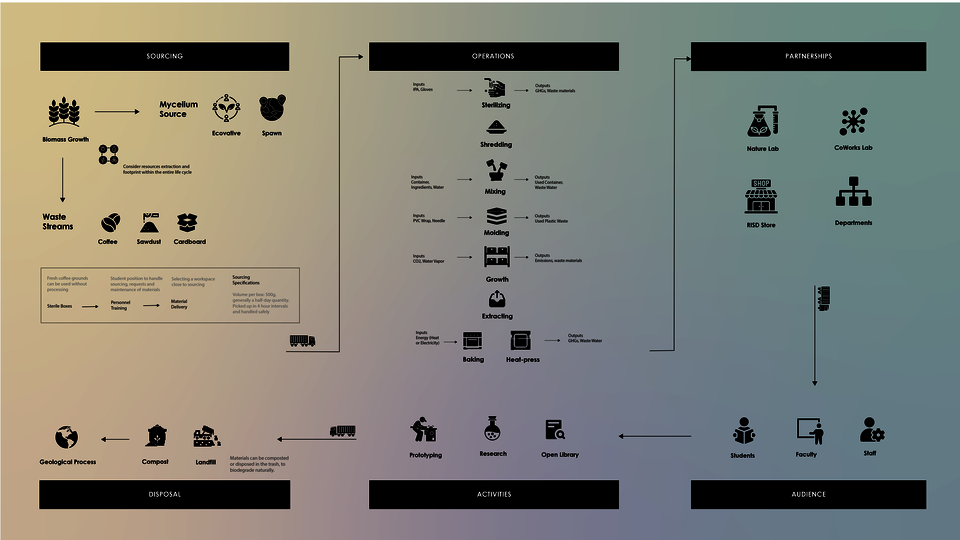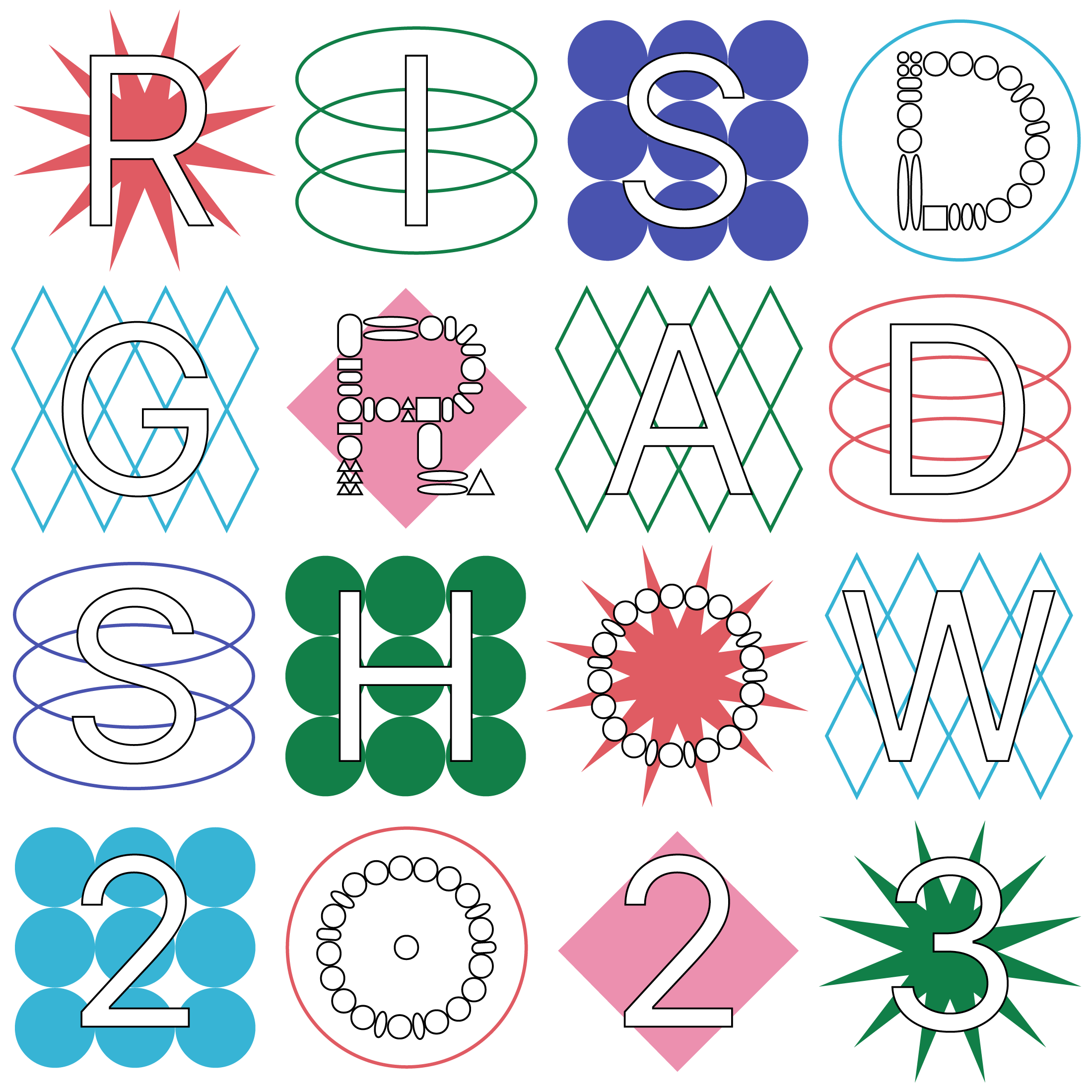Arvind Bhallamudi
Fungi in Flux
As the world grapples with the escalating crisis of waste management and environmental degradation, this thesis delves into the synergistic potential of design and scientific research to address sustainability issues.. By harnessing the power of a living organism, Fungi, the study proposes an accessible, efficient, and resilient approach to transform local waste into functional objects. Multiple workshops, surveys and user testing exposed participants to the possibilities of integrating living materials into products, seeking not only to demonstrate the potential of a sustainable, locally-based material but also to foster a deeper understanding of sustainability. Envisioning a paradigm shift in industrial ecology, this thesis aims to replace dependence on non-biodegradable and harmful materials with a heterogenous system that treats waste as a resource and explores the biodegradability of materials for a natural closed loop. By embracing the principles of nature, this research aims to transcend the trajectory of environmental degradation and illuminate the path towards a regenerative future.
Drawing on my interests in nature, I immersed myself in biodesign while working at the RISD Nature Lab in the Spring of 2021. Here, I investigated core principles of physics, chemistry, and biology from a design perspective, experimenting and synthesizing biodegradable products. As I conducted biomaterial workshops and consulted with students, I honed my skills in transforming fungi and algae into materials with diverse properties. My fascination with the natural world led me to spend free time in the microscopy lab, observing minute wonders, and studying starfish skeletons at the library of wildlife specimens for a biomechanics project. The vastness and intricacy of nature, spanning from microscopic organisms to cosmic bodies, evoke a profound sense of wonder and humility. In prehistoric times, celestial mapping served as a unifying language, a connection we have lost as modern city dwellers obscured by light pollution. As I ponder the underlying patterns of the universe, I reflect on my engineering background, where I first learned about turbulence and the unpredictability of chaotic motion. Yet, we still recognize and utilize patterns such as the golden ratio, that allow our creations to be more efficient and harmonious.
Ancient organisms that predate human existence, such as algae, fungi, and bacteria, have had millions of years to evolve, adapt, and develop life-sustaining strategies. Algae, dating back to the Precambrian period around 3 billion years ago, have evolved to withstand extreme temperatures, while other life forms have mastered the ability to break down toxic substances or even survive in outer space. Collaborating with these ancient life forms offers valuable insights into their survival mechanisms, revealing information about forms, processes, and ecosystems that can benefit us. Emulating nature has been an intrinsic part of humanity for ages, and it has recently materialized into formal practices such as Biomimicry and Biodesign. Learning from and coexisting with nature's processes is essential for the survival of all species.
Image
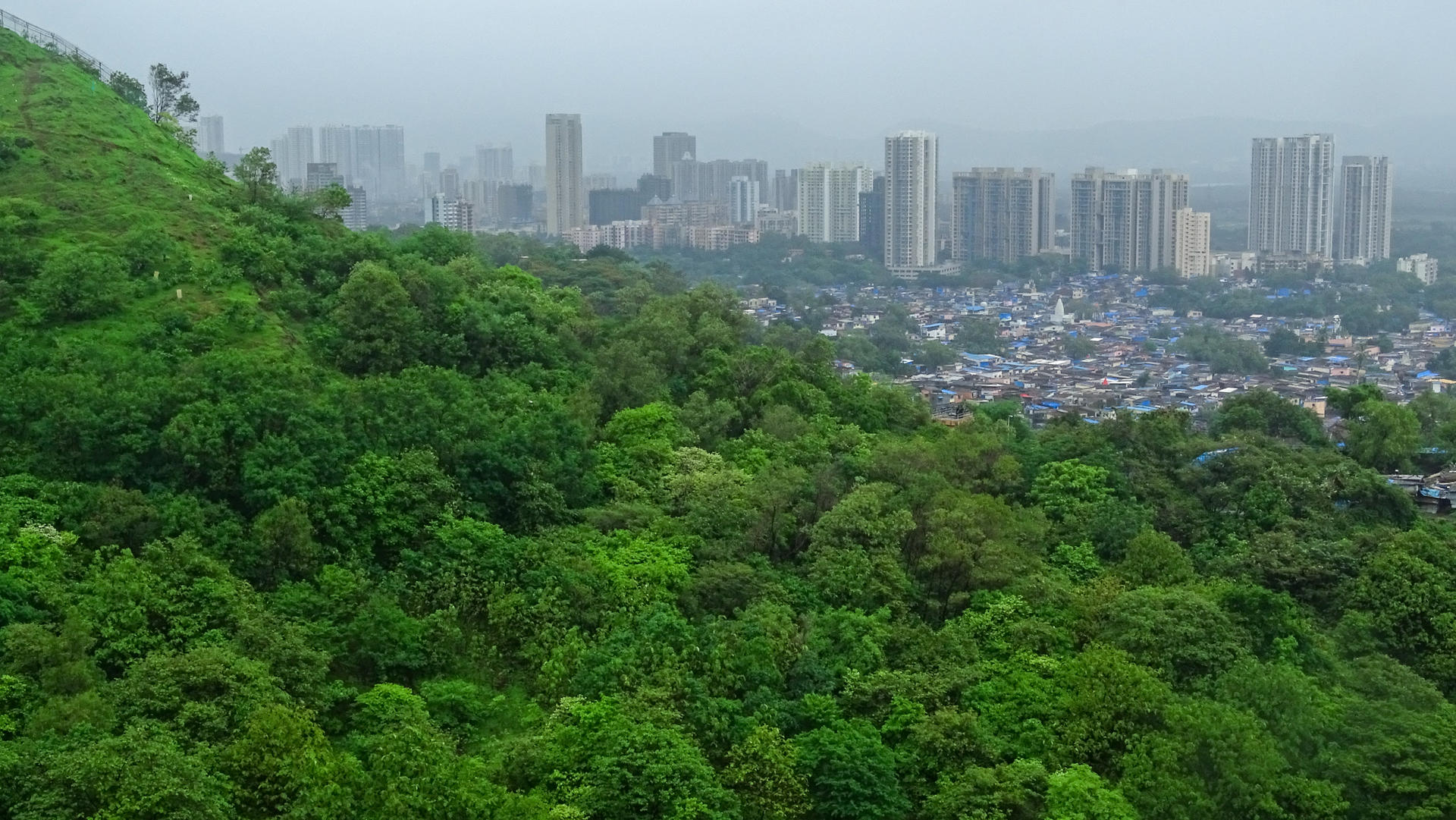
Sameer hill photographed from IIT Bombay, India. Growing up alongside a national park, I saw both nature and urban adapt to changing environments.
Image
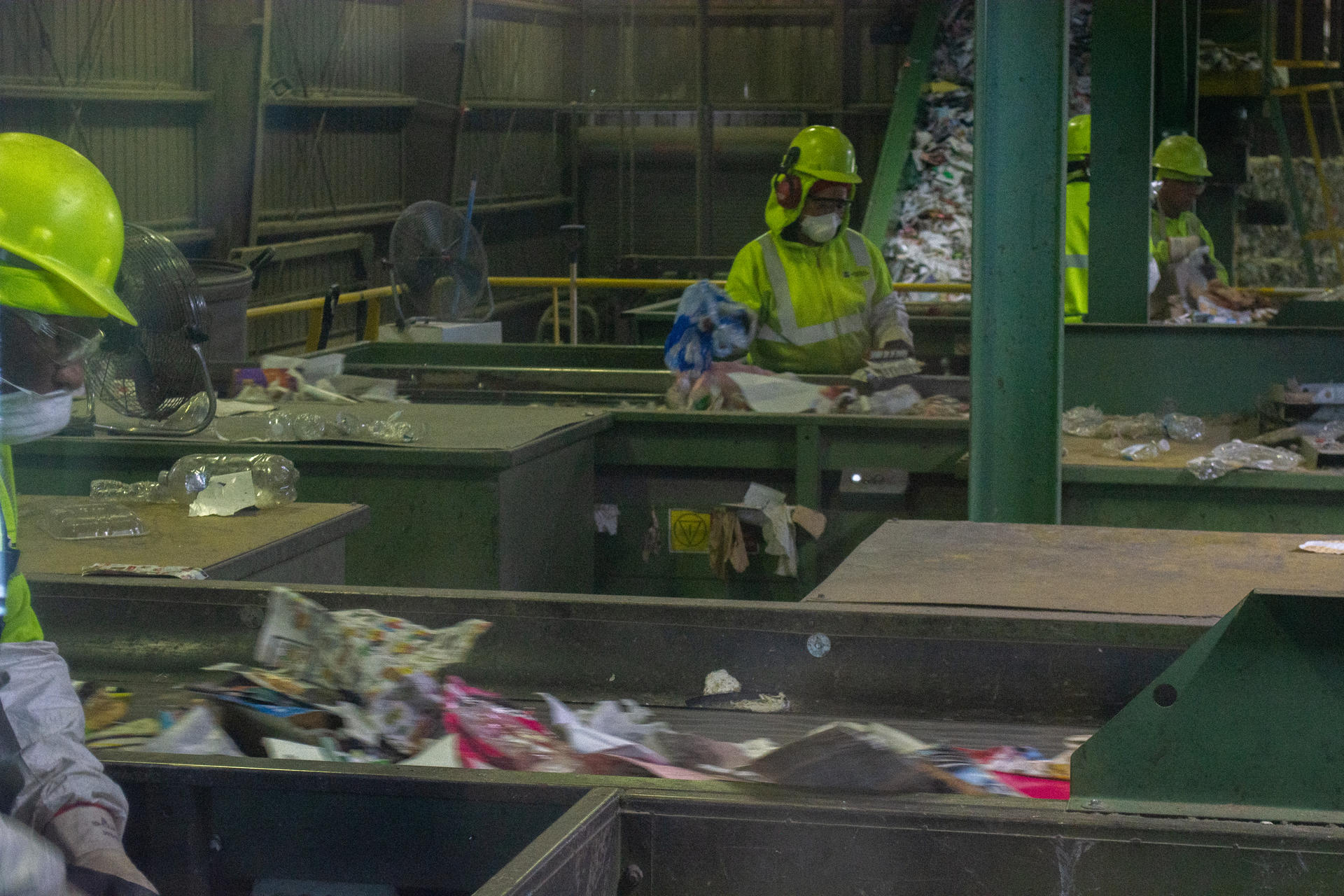
Visiting the Material Recycling Facility at the Rhode Island Resource Recovery Center, I learnt how different categories of waste are manually sorted, while a large part of recyclable materials get lost by inefficient systems.
One such natural process that could offer a solution to our waste problems is mycelium, the root-like structure of fungi, made of thread-like structures called hyphae, as it holds great potential for transforming waste into useful materials. Mycelium plays a critical role in decomposition, breaking down complex organic materials into simpler compounds that can be utilized by plants and other organisms. It is estimated that there is 200 km of hyphae in every kilogram of soil and can grow more than a few centimeters every day, making it an affluent, ubiquitous and replenishable natural resource. This natural process offers a unique opportunity to address waste issues, particularly in the context of organic waste streams and biodegradable materials. Furthermore, mycelium can be grown using various waste streams as a substrate, promoting a biologically circular approach to resource management. By observing and understanding natural processes such as mycelium growth, we can draw inspiration to our designs that align with our core values and principles.
My curiosity for fungi grew as I was doing field research in nature. The site is located on the eastern shore of Narragansett Bay in Barrington, Rhode Island. It is situated near the mouth of the Barrington River, which feeds into the bay. The area is characterized by lush marshes, invasive species like the Phragmites, and native species such as Spartina alterniflora and the Eastern oyster (Crassostrea virginica). I was photographing the surroundings when I came across Trametes versicolor, aka Turkey Tail mushrooms sprouting from a dead, fallen tree and it caught my attention. Through further research, observations and discussions, I discovered that diverse ecosystems supported a wide variety of fungal species, each with unique properties. For example, I saw various species of wood-decay fungi known for their ability to break down complex organic matter like lignin and cellulose, making them suitable candidates for biofabrication and waste management. Moreover, I learned that fungi could also play a critical role in bioremediation, a process that uses living organisms to degrade or remove harmful contaminants from the environment. For instance, some fungi have the ability to extract heavy metals and toxins from contaminated soils, effectively cleaning up the environment and promoting ecological restoration. As I delved deeper into the fungal world, I also began to appreciate the architectural beauty of these organisms. The intricate networks of mycelium and the diverse forms of fruiting bodies inspired me to explore the potential of using mycelium as a structural material. I pondered over the possibility of incorporating the inherent aesthetics and functionality of fungi into the design of various utilitarian objects.
Image
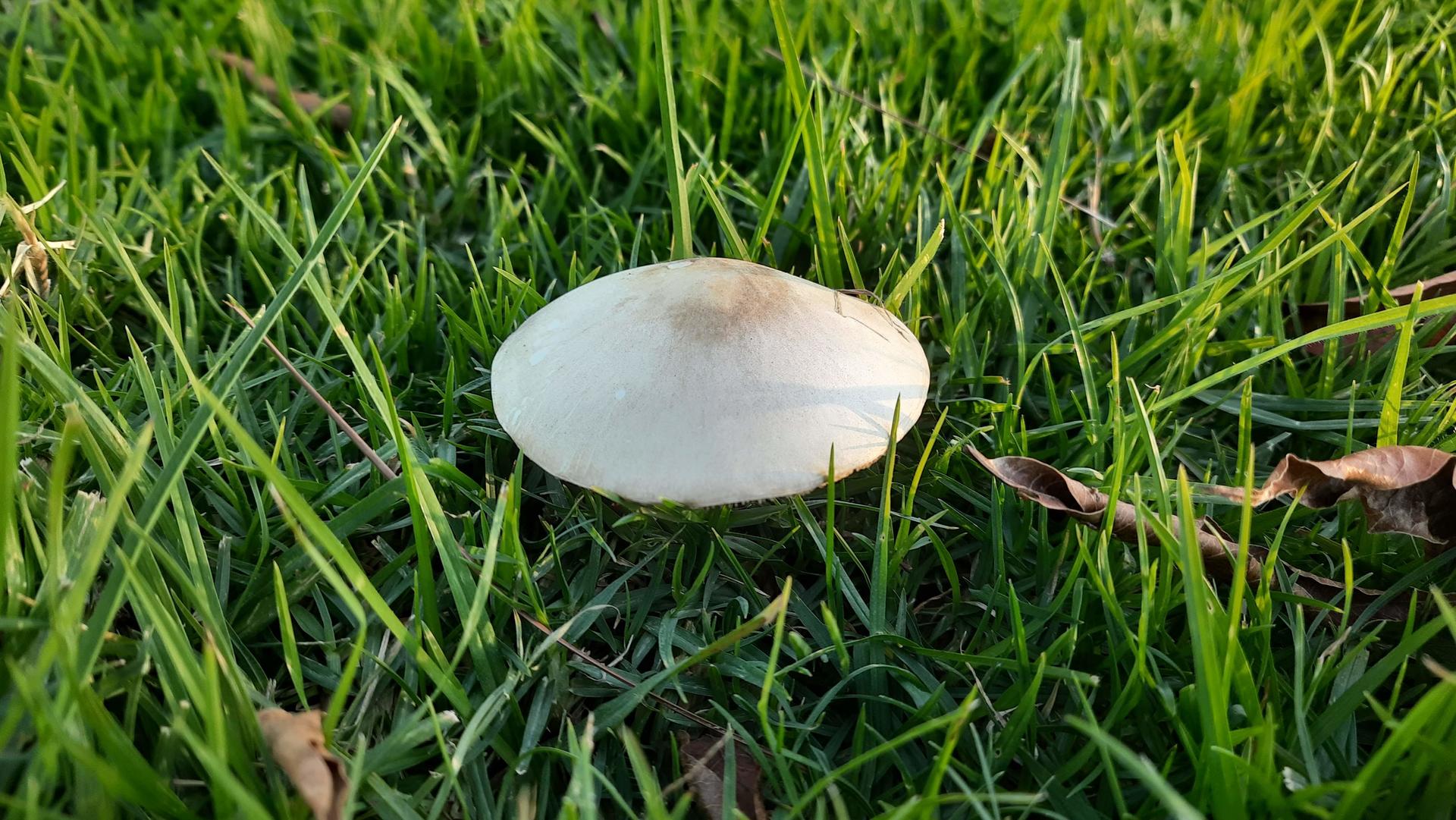
Finding an Agaricus Arvensis in Irvine CA. Observing how fungi and mushrooms grow from waste and return nutrients to the planet, enabling a circular ecosystem.
For most scientists, the preferred method of research is one with fundamental questions, systematic experimentation and repeatable results. The scientific revolution of discovering underlying patterns found in biology, chemistry and physics has been instrumental in creating a foundation of knowledge in universal systems, and has completely formed the society we live in today. Designers, on the other hand, focus on applying scientific and cultural data to creative and practical functions that consider the diverse interconnectedness of various domains and put forth ideas for impact. To work with a biological material such as mycelium, resurging in the field of material ecology and industrial design, I hope to bring both of these methods of science and design research for an interdisciplinary approach to biomaterial-driven design. The cultivation of mycelium materials has the potential to revolutionize the field of material science and industrial design by offering sustainable and biodegradable alternatives to conventional synthetic materials. To harness the power of fungi in the creation of these materials, it is crucial to understand the process of materializing mycelium. This chapter will provide an in-depth exploration of the best practices for each step in the mycelium biofabrication process, from workspace preparation to baking and finishing the final material. The guiding principles of resilience, efficiency and access are emulated in each stage of the process, by being intentful in the selection and use of ingredients, tools and spaces for growing mycelium. The steps are streamlined to reduce redundant inputs and processes, and interesting qualities of mycelium are speculated for industrial processes and applications.
Process photos of the mycelium growth and bio-fabrication process, workshops and exploring possibilities in raw materials and products.
From a biological-to-industrial perspective, the project seeks to understand and harness the unique properties of mycelium as a resource. The thesis draws inspiration from science, design and engineering that emphasize the importance of understanding and harnessing the biology, intelligence, and material ecology of fungi. By integrating these principles into the design of materials and products, the project aims to create a material ecosystem that is informed by nature and contributes to a biologically circular economy. It investigates the creative possibilities for biodegradable, environmentally friendly products and processes that can help transition us to a resilient, accessible and efficient infrastructure for the Anthropocene. From experiments in both mechanical and experiential characterization of mycelium, materials showed how small-scale workspaces can produce myco-materials in custom forms and with varying properties, and function as a multi-use resource for material and product fabrication as well as for education in the RISD community and beyond.
Image

Presenting my work at the GradEx event, and surveying mycelium material characterization for industrial and experiential scope.
